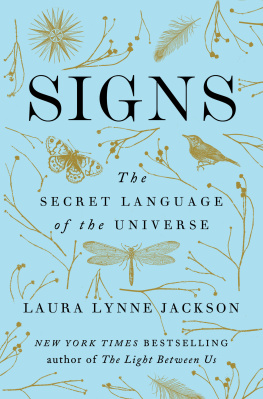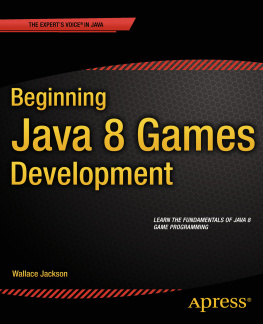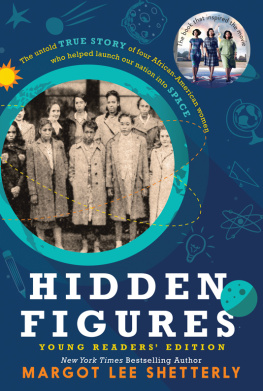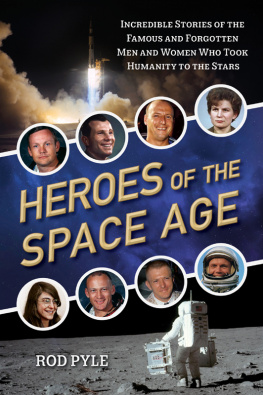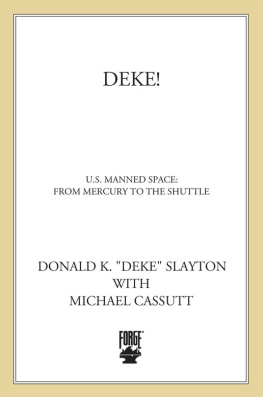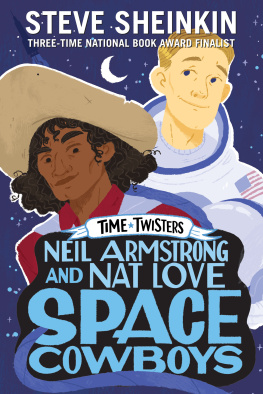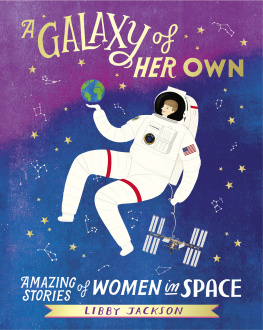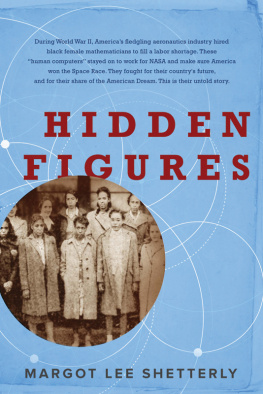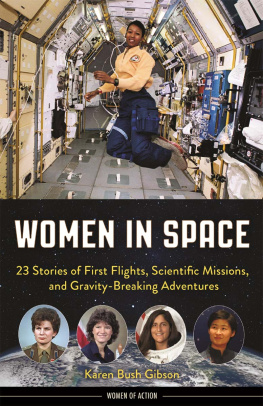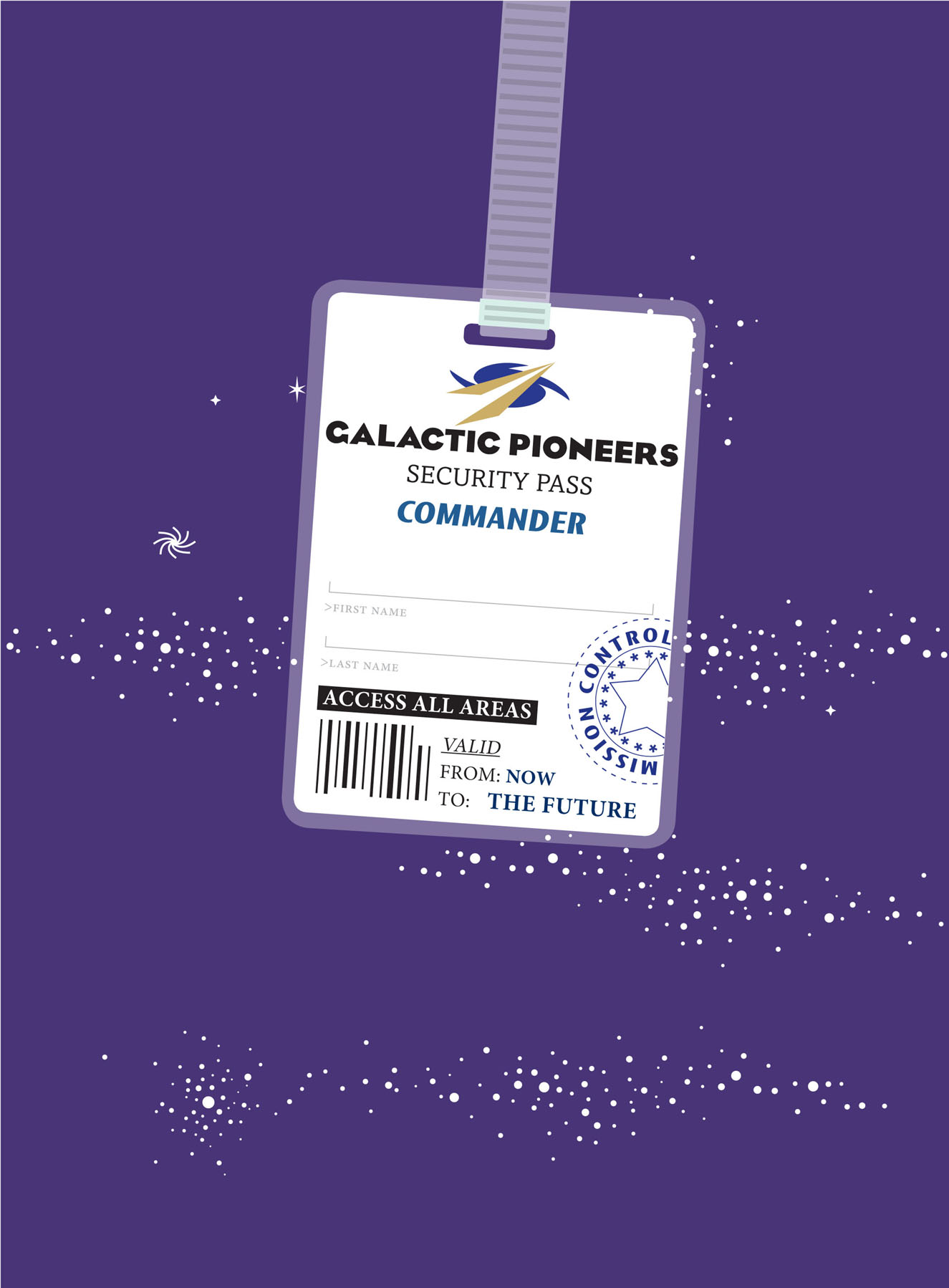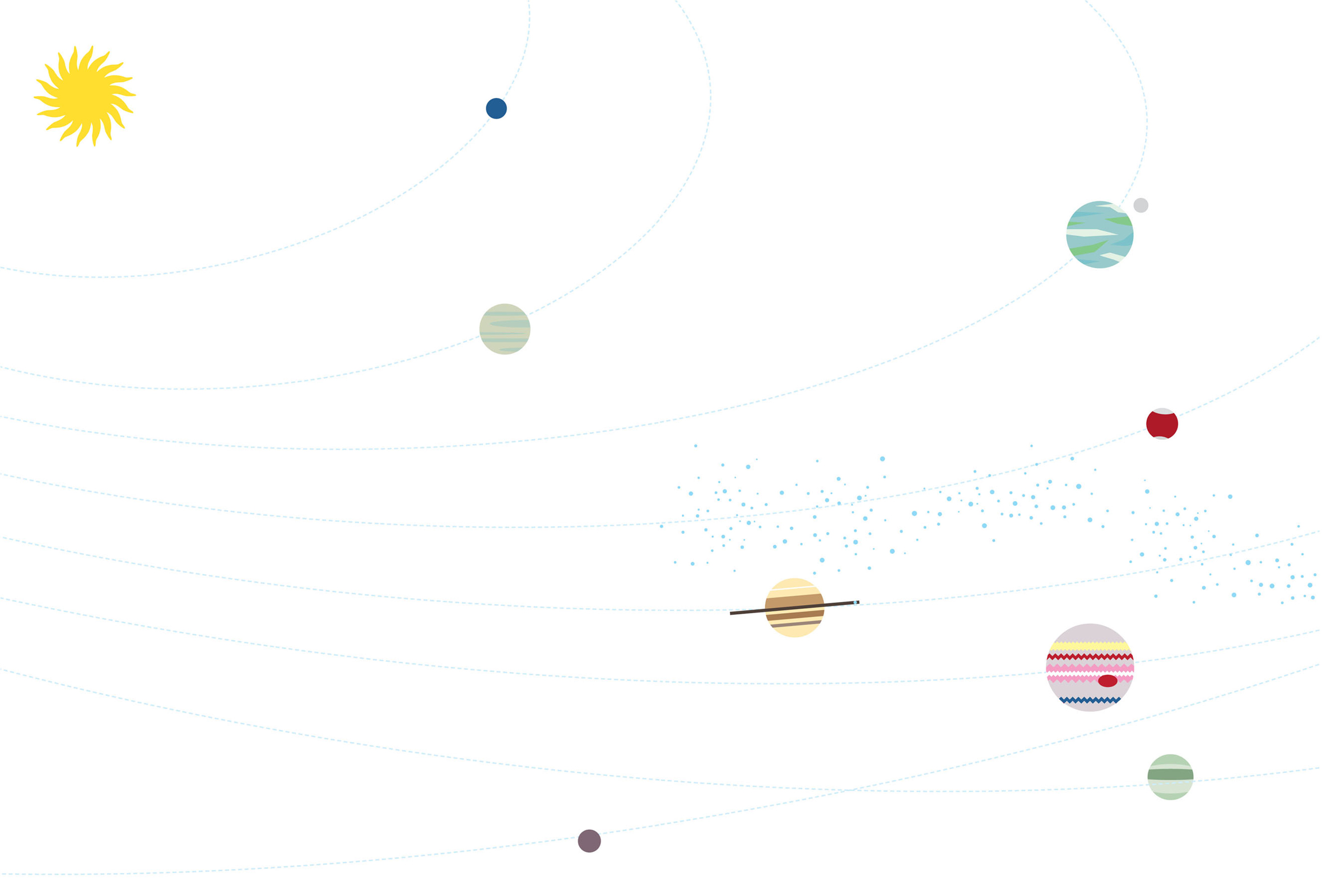Contents
Guide
Contents
Australia
HarperCollins Publishers Australia Pty. Ltd.
Level 13, 201 Elizabeth Street
Sydney, NSW 2000, Australia
www.harpercollins.com.au
Canada
HarperCollins Canada
2 Bloor Street East - 20th Floor
Toronto, ON M4W 1A8, Canada
www.harpercollins.ca
India
HarperCollins India
A 75, Sector 57
Noida
Uttar Pradesh 201 301
www.harpercollins.co.in
New Zealand
HarperCollins Publishers New Zealand
Unit D1, 63 Apollo Drive
Rosedale 0632
Auckland, New Zealand
www.harpercollins.co.nz
United Kingdom
HarperCollins Publishers Ltd.
1 London Bridge Street
London SE1 9GF, UK
www.harpercollins.co.uk
United States
HarperCollins Publishers Inc.
195 Broadway
New York, NY 10007
www.harpercollins.com
To
IMOGEN
and
LUCY
1543
Nicolaus Copernicus publishes De revolutionibus orbium coelestium (On the Revolutions of the Heavenly Spheres), proposing that Earth revolves around the Sun
1609 1619
Johannes Kepler publishes works that define his laws of planetary motion, describing the orbits of the planets around the Sun
1687
Sir Isaac Newton publishes Principia Mathematica, laying out the laws of gravity
1903
Konstantin Tsiolkovsky publishes Exploration of the World Space with Reaction Machines, showing that rockets could get to space
MARCH 3 1915
The US National Advisory Committee for Aeronautics, the precursor organization to NASA, is formed
MARCH 16 1926
Robert Goddard launches the first liquid-fueled rocket in Massachusetts
1945
Wernher von Braun surrenders to the US Army and moves to the United States to lead American rocket development
AUGUST 1946
Sergei Korolev, known as the Chief Designer, and the main architect of the Soviet space program, is appointed
OCTOBER 4 1957
The Soviet Union puts the first satellite, Sputnik, into orbit
NOVEMBER 3 1957
The Soviet Union puts the first animal in orbit, a dog named Laika
FEBRUARY 1 1958
The United States puts their first satellite, Explorer 1, into orbit
OCTOBER 1 1958
NASA, the US National Aeronautics and Space Administration, becomes operational
APRIL 12 1961
Yuri Gagarin becomes the first human in space, orbiting the Earth in a 108-minute flight
JUNE 16 1963
Valentina Tereshkova becomes the first woman to fly into space on the Vostok 6 mission
MARCH 18 1965
Alexei Leonov makes the first spacewalk during the Voskhod 2 mission
FEBRUARY 3 1966
Luna 9, a Soviet robotic lander, makes the first controlled landing on the Moon
JANUARY 27 1967
Gus Grissom, Ed White and Roger Chaffee all perish when their spacecraft catches fire during a preflight launch rehearsal on the launchpad
APRIL 24 1967
Vladimir Komarov is killed when his parachute fails to open properly during the reentry of the Soyuz 1 mission spacecraft
DECEMBER 21 1968
Apollo 8 is the first crewed mission to orbit the Moon, with Frank Borman, Jim Lovell and William Anders on board
JULY 20 1969
Apollo 11 astronauts Neil Armstrong and Buzz Aldrin are the first humans to walk on the Moon, while Michael Collins stays in lunar orbit
APRIL 14 1970
An explosion in an oxygen tank cripples the Apollo 13 spacecraft on the way to the Moon and threatens the lives of Jim Lovell, Fred Haise and Jack Swigert. They safely make it back to Earth three days later thanks to the heroic efforts of mission control
APRIL 19 1971
The Soviet Union launches Salyut 1, the first space station
DECEMBER 14 1972
The Apollo 17 Lunar Module, with Gene Cernan and Jack Schmitt on board, lifts off from the lunar surface and meets with Ronald Evans in the Command Module. Humans have not returned to the Moon since
MAY 14 1973
Skylab, the United States first space station, reaches orbit
MAY 30 1975
The European Space Agency (ESA) is formed, merging the European Launcher Development Organisation (ELDO) and the European Space Research Organisation (ESRO)
APRIL 12 1981
The first Space Shuttle mission, STS-1, launches
JUNE 18 1983
Sally Ride becomes the first American woman in space
JANUARY 28 1986
The Space Shuttle Challenger explodes seventy-three seconds after launch, killing the crew
FEBRUARY 20 1986
The Soviet Union launches the Mir space station
MAY 18 1991
Helen Sharman becomes the first British person in space, and also the first non-American or non-Soviet woman in space
DECEMBER 25 1991
The Soviet Union is dissolved, and the fifteen Soviet states, including Russia and Kazakhstan, become independent countries
MARCH 22 1995
Valeri Polyakov returns to Earth from Mir after spending 437 days in space, so far the longest flight ever undertaken
FEBRUARY 24 1997
A fire breaks out on the Mir space station, but the crew is able to extinguish it safely
JUNE 25 1997
During a manual docking test, a Progress cargo ship collides with the Mir space station, causing a leak. The crew is able to isolate the module, eventually regaining control of the space station
NOVEMBER 20 1998
The first module of the International Space Station, Russias Zarya, launches into space
NOVEMBER 2 2000
Expedition 1 launches to the ISS, which has been continuously occupied by a crew ever since
MARCH 23 2001
Having been mothballed in 1999, Mir descends into the Earths atmosphere and breaks up over the Pacific Ocean
FEBRUARY 1 2003
The Space Shuttle Columbia is destroyed as it reenters the Earths atmosphere, following damage to a wing on launch, killing all seven crew members
OCTOBER 15 2003
China becomes the third country to launch a human into space, as Yang Liwei orbits Earth on the Shenzhou 5 mission
OCTOBER 4 2004
SpaceShipOne wins the Ansari X Prize by flying, piloted, more than 62 miles above Earth twice within two weeks
JULY 21 2011
Atlantis touches down in Florida, at the end of the last Space Shuttle flight
SEPTEMBER 29 2011
China launches their first space station, Tiangong-1
DECEMBER 5 2014
First test flight of the Orion spacecraft, a new crewed vehicle designed to take humans to orbit the Moon and Mars
MARCH 1 2016
Scott Kelly and Mikhail Kornienko return from the ISS after spending 340 days in space, the longest visit to the ISS so far
... STILL TO COME...
2018
First flights of CST-100 Starliner and Crew Dragon to launch, taking crew to the ISS
2019
First crewed mission of Orion
2030s?
First humans walk on the surface of Mars
I have been fascinated by space my whole life. Like many of the women in this book, I remember looking up in awe at the night sky as a child, learning the constellations, hoping to catch sight of a shooting star. I was captivated by the Moon, bright and beautiful; by the stories of those who had walked on it years before I was even born; and by the Space Shuttles that were roaring into orbit.
Next page

